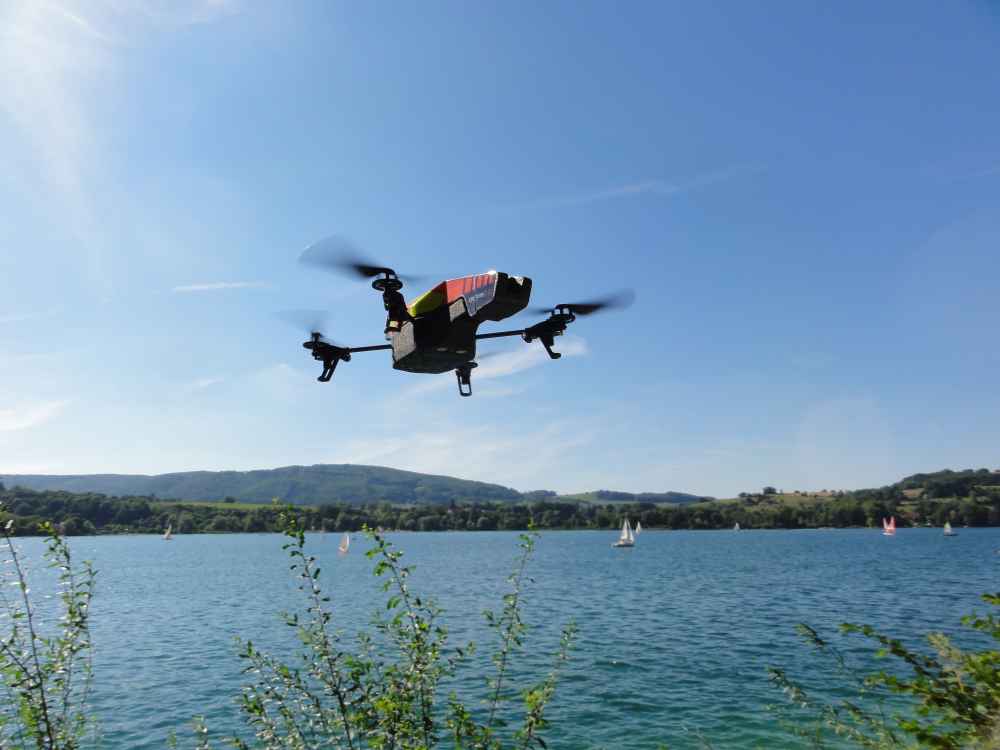
Rules surrounding the use of drones must keep pace with the rapid growth in their use, according to the CLA.
The organisation said current drone-use regulations do not go far enough to ensure people’s privacy is not eroded and that pilots can be identified as the numbers being flown soar.
It is calling for the Government, drone industry leaders, and related stakeholders to work together on a strategy that ensures all users understand their responsibilities.
CLA Director of Policy and Advice Christopher Price said: "The use of drones both commercially and for recreation is growing fast.
"The potential for a wide range of industries, not least agriculture, is tremendously exciting, but we do need regulation to keep pace.
"There needs to be reassurance that drones being flown over private property or land are being done so legally, professionally and safely.
"Safeguarding people’s wellbeing is extremely important, but we also need to address the potential for damage to property and the significant risk to privacy, in relation to both residential properties and privately owned land – especially from recreationally flown drones fitted with high-resolution cameras."
Mr Price said workable proposals for regulatory reform were put forward to the European Aviation Safety Agency last year, and must be picked up at a national level as a matter of urgency.
He added: "In the meantime, I urge those operating drones for recreation to use common sense and follow the CLA’s top tips when operating them in order to ensure both public safety and privacy."
Top tips for responsible drone operation:
1. Fly safely and understand the law; you are legally responsible for every flight and could be prosecuted if found to be operating a drone in an unsafe manner,
2. Respect the privacy of others and obtain permission before flying over privately owned land or property,
3. Never fly within 50 metres of people or buildings,
4. Animals can be easily frightened by drones which can cause injury to them and others and,
5. Use common sense when operating a drone: keep it in sight at all times and do not fly above 400 feet.
